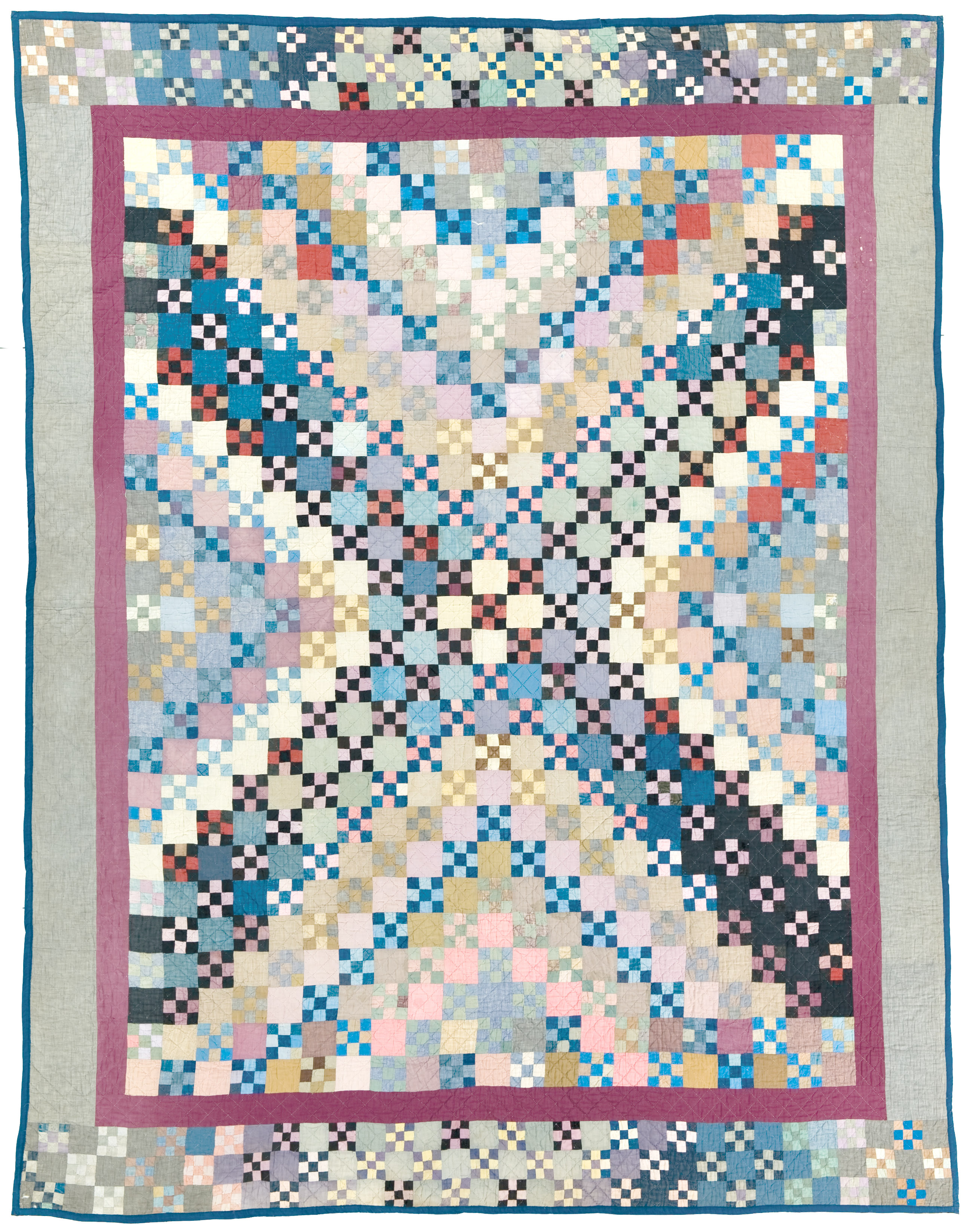
The International Quilt Study Center & Museum will celebrate the grand opening of “Amish Quilts and the Crafting of Diverse Traditions” on Oct. 7.
The exhibition, guest-curated by Janneken Smucker, explores the design, production and culture of Amish quiltmaking and the diversity and adaptive nature of their craft.
As part of the exhibition’s grand opening, Smucker will give a presentation at 5:30 p.m. This free lecture is open to the public. Visitors are also invited to view the galleries for free from 4:30-7 p.m. as part of Lincoln’s First Friday Artwalk.
“Audiences might be familiar with Amish quilts, but they might only know one aspect, perhaps that they make charming souvenirs from visits to Amish country, or that the often were made with dark, solid colored fabrics,” Smucker said. “This exhibit will showcase the diversity of Amish quiltmaking, from both the past and the present.”
Amish quilts have often been referred to as “old dark quilts” by museum goers, and many collectors, curators, critics and dealers have called them “classic Amish quilts.” In fact, many Amish quiltmakers have made quilts that do not look distinctly Amish to outsiders. These less familiar quilts share much in common with the diverse quiltmaking traditions of dominant American culture, which grew out of 19th-and 20th-century industrialization and consumer culture.
A fifth generation Mennonite quiltmaker, Smucker is author of “Amish Quilts: Crafting an American Icon,” which was published by Johns Hopkins University Press in 2013. She is assistant professor of history at West Chester University in Pennsylvania, where she specializes in digital history and American material culture. She is currently the president of Quilt Alliance, a national non-profit. Smucker earned her master’s in textile history from the University of Nebraska-Lincoln and her doctorate in the history of American civilization from the University of Delaware.
“Both today and in the past, the Amish religion has exhibited great diversity, and Amish society has never been static, even if it may sometimes appear that way to outsiders,” Smucker said. “The guidelines that govern Amish society differ from settlement to settlement and from church district to church district. Material culture, in this case—quilts—is a great way to explore diversity and change within Amish society.”
The exhibition, which runs through January 25, will also serve as the foundation for a new module about North American Amish quilts on the IQSCM’s information-based website, World Quilts. Smucker was a curatorial team member for “The American Story,” the inaugural module on World Quilts, which is a clearinghouse of interdisciplinary information about quiltmaking practices and traditions around the world.
Visit http://www.quilstudy.org for more information about the show and upcoming programs.
More details at: http://www.quiltstudy.org